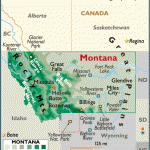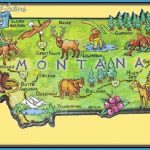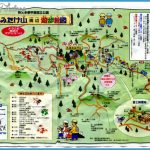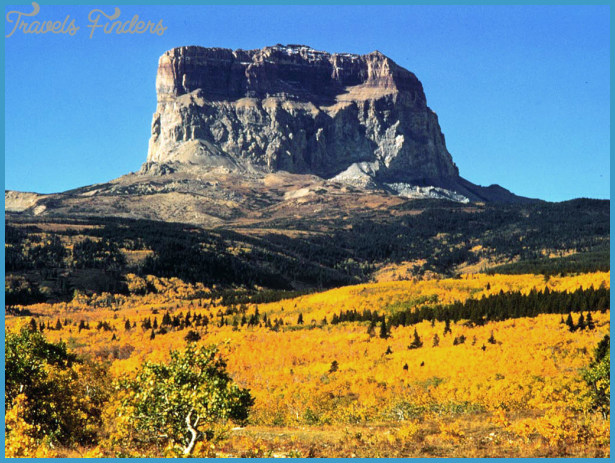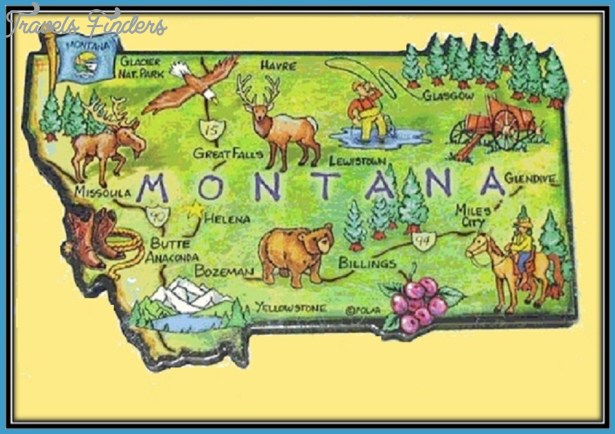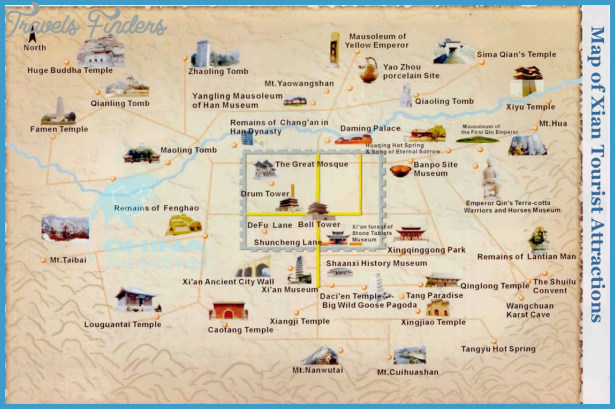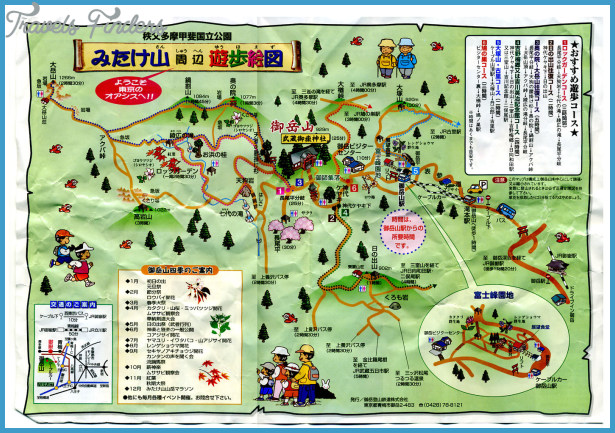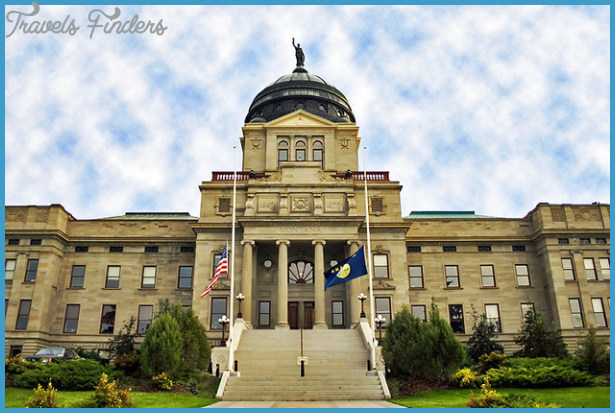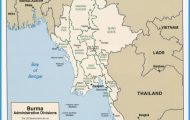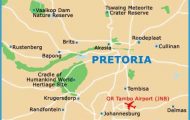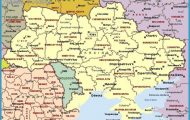Montana The Betabeleros of Billings and the Miners of Butte
The history of Latinos, mostly Mexicans, is in part due to two major conglomerates of the early twentieth century: Great Western Sugar and Anaconda Mining. These companies, established in Billings and Butte, respectively, dominated the economy during the first half of the twentieth century, with their far-reaching sugar production and copper extraction. The Latino workers who arrived to labor in these backbreaking and dangerous jobs were mostly Mexicans. Today Billings and Butte have a Mexican community established from those industries and incorporated into the community to varying degrees.
In 1939 Montana was ranked third nationwide in sugar production (today Montana ranks sixth nationwide). The center of the sugar beet production was in eastern Montana, more precisely in Billings. The Latino community found today in Billings is linked to the sugar beet industry (1920-1945) and its major employer, the Great Western Sugar Company. The Mexican Revolution was one of the main factors that drove north Mexicans who were looking for better employment and trying to escape the violence of the revolution. The Mexican Revolution, from 1910 to 1917, created a new wave of Mexican migrants to the Southwest and Texas. Many migrants also ended up in places such as Montana; in fact, two of Billings’s most active community members, Jim Ronquillo and Pedro Hernandez, claimed that during the Mexican Revolution their grandfathers fled to Colorado and then moved north to Billings to work in the sugar beet industry. Ronquillo said his grandfather, who served in Pancho Villa’s army, was fleeing persecution, whereas Judge Hernandez said that his family owned land and also had to flee the revolution when the land takeovers of big estates began. But Mexicans already living in Colorado or Texas also came north as seasonal workers. Great Western stationed recruiters wherever they thought there might be labor available in southern United States.
The Great Western Sugar Company in Billings recruited both German and Mexican migrants to work in the sugar beet fields. According to different historical sources, Germans were allowed and encouraged to own land but Mexicans were not they were meant to be seasonal workers only. As the need for laborers grew, Great Western began to provide an incentive for their workers to winter over and thus stabilize the labor pool. They gave their recruited Mexican laborers construction material to build their own homes, in this way enticing them to stay. Between 1900 and 1920 Billings’s Latino community established a colonia; many contemporary residents of Billings remember La Colonia, the original Mexican barrio, on the south side of Billings. By 1924, Mexicans working for Great Western had built over 40 family homes. During the off-seasons Great Western encouraged its Mexican laborers to work with the Northern Pacific Railroad so that they would stay. They also provided medical care and social services, hoping to establish a secure labor pool.
The company even published materials addressed to the producers and growers of the industry about how to treat their Mexican laborers. For example, in How to Assist Beet Labor to Do Good Work L.H. Andrews urges producers to treat their human instruments as well as they treat their machines. The author asks, Would you think of dragging an expensive and valuable beet tool from its winter’s shed, without oiling or repairing, to start the season’s work on your most valuable cash crop? Yet many growers take a family of beet workers an even more valuable instrument for farm efficiency and profit into a windowless, cold, leaky shack, without repairing it, without showing the family reasonable attention.3 Despite the efforts by the company and despite the creation of La Colonia, a clinic, and a school for the children of Latino migrants many practices reveal that prejudice toward this community persisted. Theaters, restaurants, and swimming pools, for example, were segregated. Educational opportunities were limited, Spanish was not allowed in public schools, and employment opportunities were denied to many Mexicans for example, they could not join the police force.

